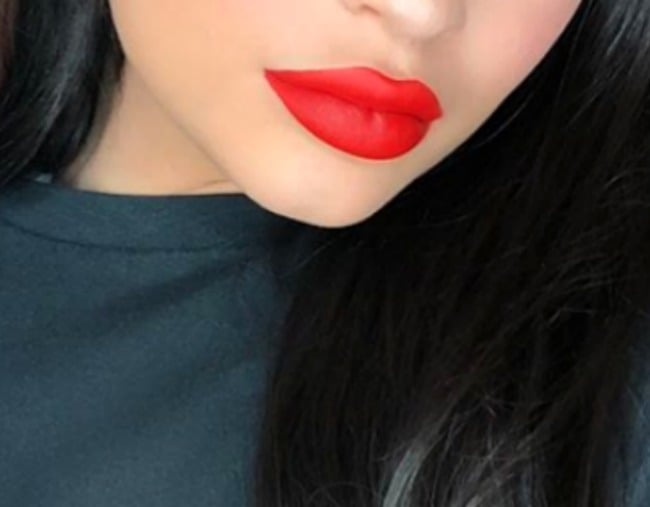
You know the ones.
From corner to corner, the skin is smooth, the pout plump and the grin wide.
They saturate your social media feeds, the reality TV landscape, and even the big screen. They are hers, and hers look like all the others, but perhaps they don’t look like yours.
In a realm where beauty is currency and a carefully curated social media account like a modern-day trophy, it’s little surprise the rise and rise of lip fillers would coincide so perfectly with our fixation on the virtual. We spend so much time online and so, in a world where people are only ever living their best lives, the concept of real is as foreign as the technology holding our online personas together.
When a typical young woman sees big lips all over her screens, she thinks, well, that must be beautiful. For her, it’s almost transactional. I’ll have a bit of what she’s having, and with that, I’ll be a little more beautiful. I’ll be a little bit more like the person society tells me I should be.
According to Australian Skin Clinics‘ Medical Director Dr Adam Cho, the organisation has seen a “dramatic increase” in demand for lip fillers in the last year.
Why are more and more young girls altering their faces to look like Kylie Jenner? The Mamamia Out Loud team discuss on this week’s episode. Post continues after audio.
“Lip fillers are the most common and the most commonly performed injectable fillers. Approximately 70 per cent of our dermal fillers are lip fillers,” he tells Mamamia.
He considers the “absolute” rise multi-faceted. The first is the relative non-invasive nature of procedure.
“The beauty of dermal fillers is that there is no downtime. Most patients come in during their lunch time and resume work and normal activities immediately after their treatment.

Top Comments
“However, it’s as important for us to paint the big picture: one where women are forever told they’re inadequate...”
Can we stop with the ‘women are TOLD’ stuff? There is pressure on women to look beautiful, just like there is pressure on men to be big and strong or earn a lot of money or be cool with high social status... all the things the opposite sex is attracted to.
And yes if u don’t match those expectations it’s tough to deal with, it’s hard and makes you feel bad... but that is life, being an adult is hard.
What good does it do to infantilise women to the point where u continue this narrative that women are helpless against trending social media / advertising??
U are not a victim if u make the free choice of getting lip fillers... honestly...
"if u don’t match those expectations it’s tough to deal with, it’s hard and makes you feel bad... but that is life".
Wow! I've never seen such a statement on a women's outlet.
- "no woman should be judged for the decision she makes regarding beauty, cosmetics and enhancements"
Ummm ... on what planet is that the case? And just making such a statement doesn't then completely absolve you for actually doing just that.
- "forever told they’re inadequate, one where we’re told we should be more"
We'll, why do they develop such products in the first place? That's not imoral; that's just business. And anyway, why are these products different from: make-up, hair colouring, teeth bleaching?
- "growing up thinking they’d be worth more to the world if they looked more like ..."
Well, growing up, it's pretty obvious that attractive people (both males and females) are treated differently in most aspects in life. I'm pretty sure that's been the case for thousands of years.